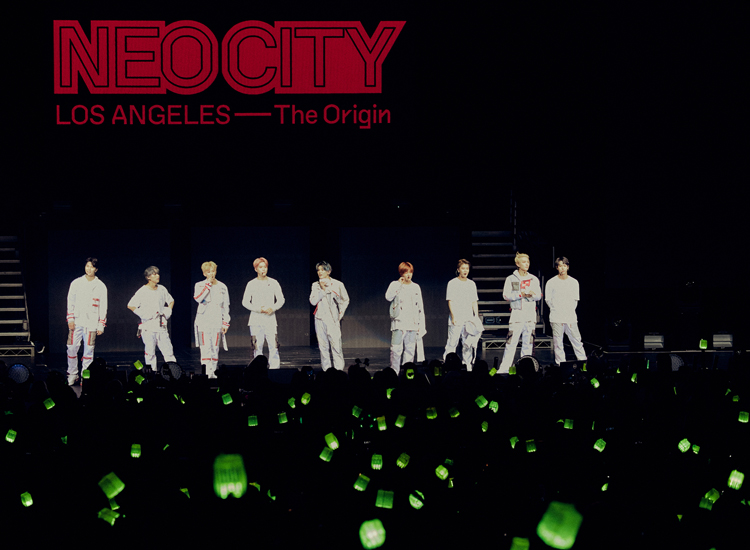The Takeover of the Hallyu Wave
K-Pop's Rise in Popularity in the US over the Past Decade
By: Sijie Liu & Abigail Velasquez
"Have you ever listened to K-Pop?" Over the past decade, K-Pop, otherwise known as Korean Pop music, has garnered mass attention in the US where groups like BTS and Blackpink have become names that are recognizable by the general public. From its eccentric fashion and addictive sound to its sharp choreography, there’s no wonder as to how K-Pop has managed to attract attention among the masses.

Pictured above: NCT 127, from 23 member K-Pop boy group NCT, in Los Angeles for their tour NEO CITY: The Origin in 2019.
Considering K-Pop's seemingly massive growth over time, how much has K-Pop's popularity in the US grown? What about K-Pop has made it appealing to US audiences? To answer these questions, we analyzed various datasets from Spotify, Billboard, and concerts from the last decade to see how K-Pop's popularity has developed within the US over the years.
K-Pop's Popularity in the US
First, let's take a look at K-Pop albums and artists' performance on American music record charts, such as Billboard, as well as the growth of K-Pop concerts in the US over the past decade. In the US, Billboard is commonly used to convey the popularity of artists through its ranking of the most popular albums and EPs in the US.
In the early years of the decade, K-Pop albums tended to rank on the lower end of the Top Current Albums chart. Once 2015 hit, we can see a overall shift in performance. As more consumers stream/buy K-Pop albums, it demonstates this recent trend of K-Pop albums achieving higher peak positions.
Not many K-Pop artists in the beginning did not manage to breakthrough onto the Top Current Albums chart. However by mid-decade, there was a sudden increase in K-Pop artists being able to chart, exhibiting an increased interest in the genre as a whole due to more people listening to a greater variety of K-Pop artists than before.
As you can see, there is an upward trend in the number of tours held by K-Pop artists over the past decade. As of recent, we can see that they now hold over a dozen tours, suggesting an increase in demand of K-Pop artists to perform in the US.
The middle of the decade marks this shift in K-Pop's overall performance in the US, from barely being able to hit #100 peak position to now hitting #1's and holding tours all around the US. Today, listening to a K-Pop album or going to a concert is considered much more common than it was before.
The Appeal of K-Pop
What makes K-Pop so appealing? Let's look at the audio features of various genres' tracks to get an idea of what might attract US audiences to K-Pop. Here we used Spotify, one of the US's most popular music streaming platforms, to gather our data.
According to Spotify, audio features can be defined by the following:
- Danceability: how suitable a track is for dancing; measured based on tempo, rhythm, beat
- Energy: represents a perceptual measure of intensity and activity; typically feel fast, loud, and noisy
- Liveness: presence of audience in recording; whether a track is performed live or not
- Valence: describes musical positiveness conveyed by track
- Acousticness: whether track is acoustic, played solely by instruments
Comparing the audio features of K-Pop tracks against other highly listened-to genres in the US, we see that danceability and energy are the most prevalent. While, valence, liveness, and acousticness are on the lower side across all genres. This suggests that K-Pop is appealing to US audiences due to its close musical similarities with other popular music genres.
K-Pop albums' exponential rise on American record charts illustrates the genre's immense growth in popularity within the US over the past decade. Back in 2010, K-Pop barely had any presence in the US, but now are able to compete alongside American artists in the music industry and beyond.
Methodology
The datasets were curated from audio features track data found utilizing the Spotify API and Billboard's Top Current Albums chart data found on Wikipedia. Audio feature data was gathered from all tracks listed on Spotify's category playlists, in which each category represents a genre. Billboard's Top Current Albums chart utilizes the same criteria as the Billboard 200, which only counts albums that can be licensed for sale in the United States.